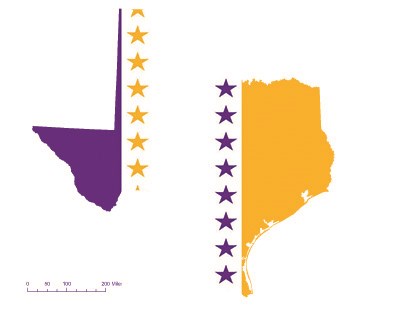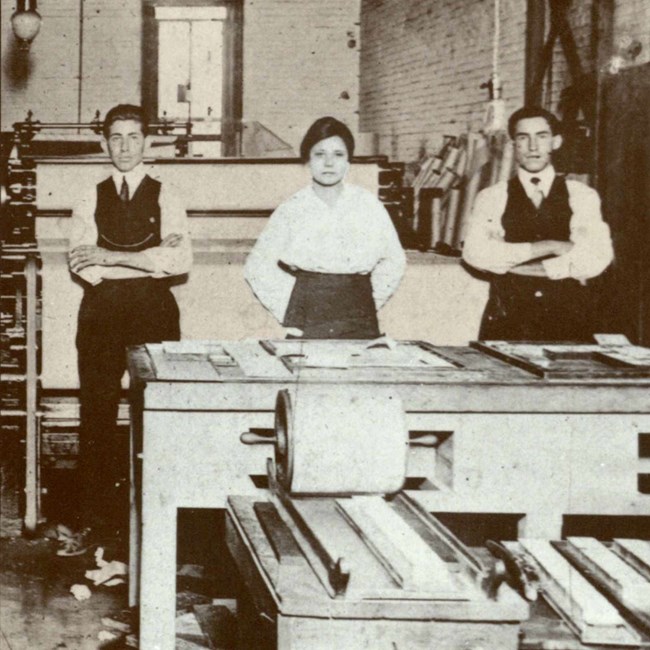Last updated: August 9, 2019
Article
Texas and the 19th Amendment

CC0
Women first organized and collectively fought for suffrage at the national level in July of 1848. Suffragists such as Elizabeth Cady Stanton and Lucretia Mott convened a meeting of over 300 people in Seneca Falls, New York. In the following decades, women marched, protested, lobbied, and even went to jail. By the 1870s, women pressured Congress to vote on an amendment that would recognize their suffrage rights. This amendment was sometimes known as the Susan B. Anthony Amendment and became the 19th Amendment.
The amendment reads:
"The right of citizens of the United States to vote shall not be denied or abridged by the United States or by any state on account of sex."
In Texas, activism for woman suffrage surged and waned several times during the state's history. Delegates to state Constitutional Conventions in 1868-69 and 1875 debated and rejected resolutions to amend the Texas Constitution to enfranchise women. Women spoke in favor of the resolutions before each convention. In the 1880s, Texas women active in the woman suffrage movement were often also involved in the campaign for prohibition and temperance with the Texas Woman's Christian Temperance Union. After some western states enfranchised women in the late nineteenth and early twentieth centuries, the National American Woman Suffrage Association (NAWSA) formed a Southern Committee with the purpose of expanding suffrage activism in the south. Several affiliate suffrage groups organized in Texas over the years but many had trouble maintaining membership.

W075_029, Feminist Postcard Collection, Archives for Research on Women and Gender. Special Collections and Archives, Georgia State University.
Both suffrage and anti-suffrage activism increased in Texas in the 1910s. Texas women won the right to vote in primary elections in 1918. In January 1919, an amendment to the state consitution enfranchising women finally passed through the legislature but was defeated when put to the male voters in May of that year. (Women were still barred from voting in that general election.)
The next month, after decades of arguments across the country, the U.S. Congress passed the federal woman suffrage amendment on June 4, 1919. After Congress approved the 19th Amendment, at least 36 states needed to vote in favor of it for it to become law. This process is called ratification. Texas called a special session of its legislature on June 23, 1919 to vote on ratification.
On June 28, 1919, the Texas legislature voted to ratify the Nineteenth Amendment, the first southern state to do so. By August of 1920, 36 states (including Texas) approved the amendment and it became part of the United States Constitution. The 19th Amendment forbids the denial or abridgement of the right of U.S. citizens to vote based on sex.

Texas Places of Women's Suffrage: Fair Park
A public park in downtown Dallas, Fair Park was established in 1886. It was the location of the Texas State Fair. In 1893, the fair featured a woman's congress of over 300 women. The congress was organized by suffragist Dr. Ellen Lawson Dabbs, secretary of the Texas Equal Rights Association. From 1913-1917, the fair also featured a “Suffrage Day” when local suffragists would gather and promote women’s voting rights. Fair Park is now a National Historic Landmark.

Fair Park is an important place in the story of ratification. It is designated as a National Historic Landmark.
Handbook of Texas Online. Nancy Baker Jones, "Idar, Jovita." 13 June 2010, modified 19 Jan 2017.
---A. Elizabeth Taylor, rev. by Jessica Brannon-Wranosky. "Woman Suffrage." 31 Aug 2010, modified 9 June 2019, Texas State Historical Association.
--
